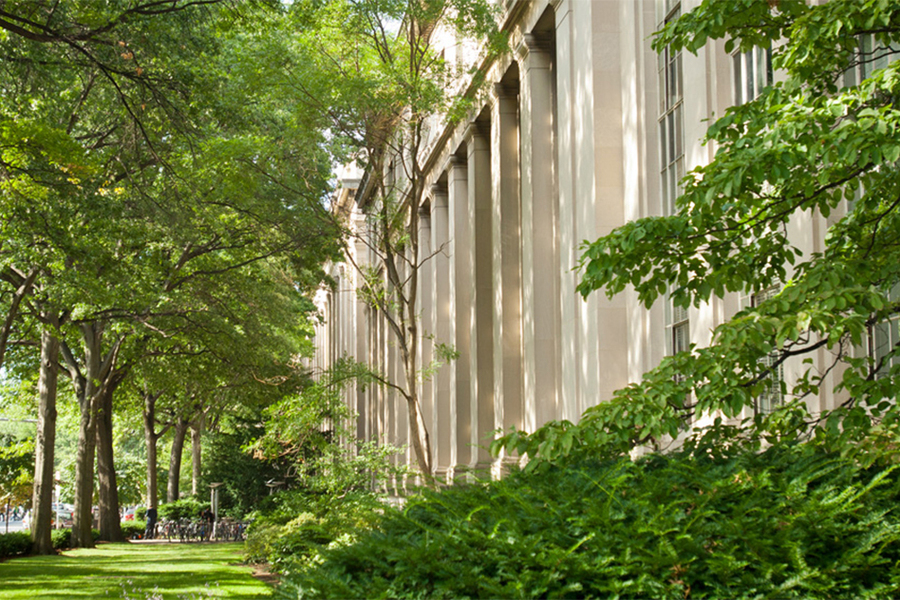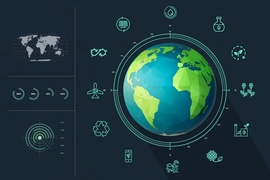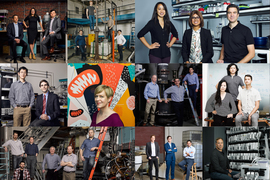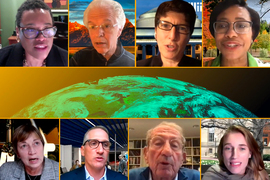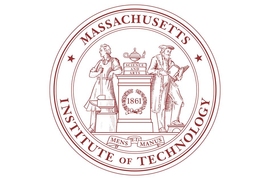Ambitious goals are often called moonshots, but the challenge of addressing climate change will be even more monumental. This “Earthshot,” as MIT President L. Rafael Reif calls it in an op-ed published today in The Boston Globe, is an enormously complex problem with no single right answer, no clear finish line, multiple stakeholders with conflicting priorities, and no central authority empowered to solve it.
The "super wicked problem" of bringing the global economy to net-zero carbon and adapting to aspects of climate change we can’t prevent will require sustained contributions from every corner of industry, government, academia, philanthropy, and every individual, Reif writes.
To get there, he argues for pursuing two tracks at once. “On path one, we must go as far as we can, as fast as we can, with the tools we have now. And by tools, I mean not only science and technology, but also policy, infrastructure, behavioral and cultural changes, and more,” he writes.
“But the fact is,” he adds, “current technology alone will not get us to the 2050 target.”
Reif thus proposes a path two, involving the creation and deployment of new tools, including science and technology breakthroughs, to approach the many parts of the climate change problem, including aviation, supply chains, agriculture, environmental justice, jobs, and much more.
To meet this path two challenge, he writes, research universities have a special role: “to spawn ideas that meet the needs of different sectors, and to optimize a system for speeding the mind-to-lab-to-market flow of technological answers, while helping to shape policies and processes to support adoption at scale.”
For instance, MIT has launched the MIT Climate Grand Challenges, which has led to novel proposals, from capturing carbon dioxide by domesticating fast-growing microbes to designing lightweight, all-carbon buildings.
Universities can help “tough tech” ideas like these reach the market by creating specialized accelerators. In the MIT ecosystem, The Engine identifies entrepreneurs with bold new-science answers to deep societal problems and connects them with impact investors.
The Institute is also working to create an innovation marketplace based on collaboration, not competition. For example, the member companies of the new MIT Climate and Sustainability Consortium are working with MIT researchers and with each other to speed the creation, testing, and deployment of practical climate solutions within their production processes, supply chains, and service models.
“With a super wicked problem, nobody has all the answers. But if individuals and institutions in every part of the economy and society tackle the pieces of the problem within their reach and collaborate with each other, we have a real shot — an Earthshot — at preserving a habitable world,” Reif writes.
